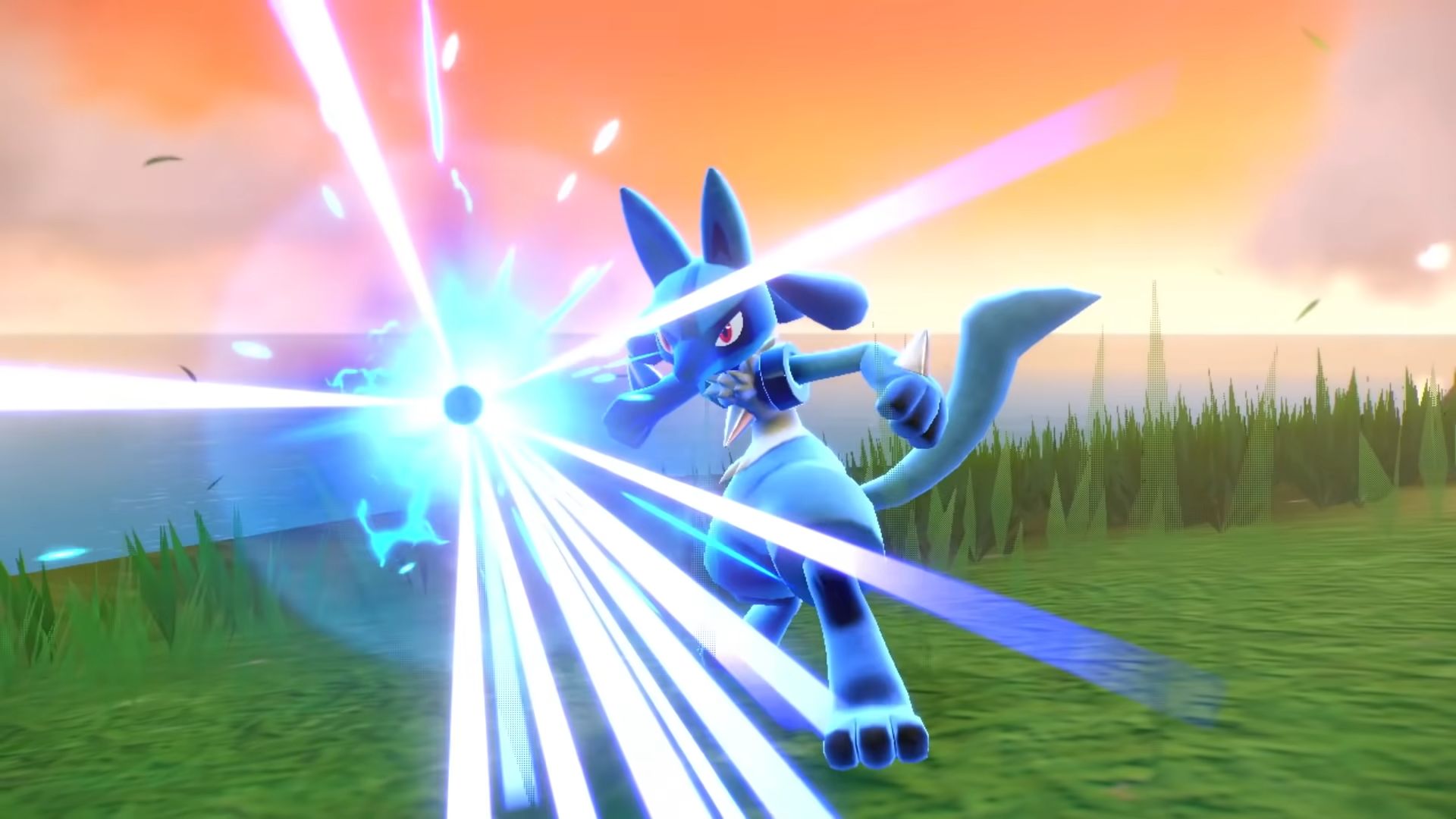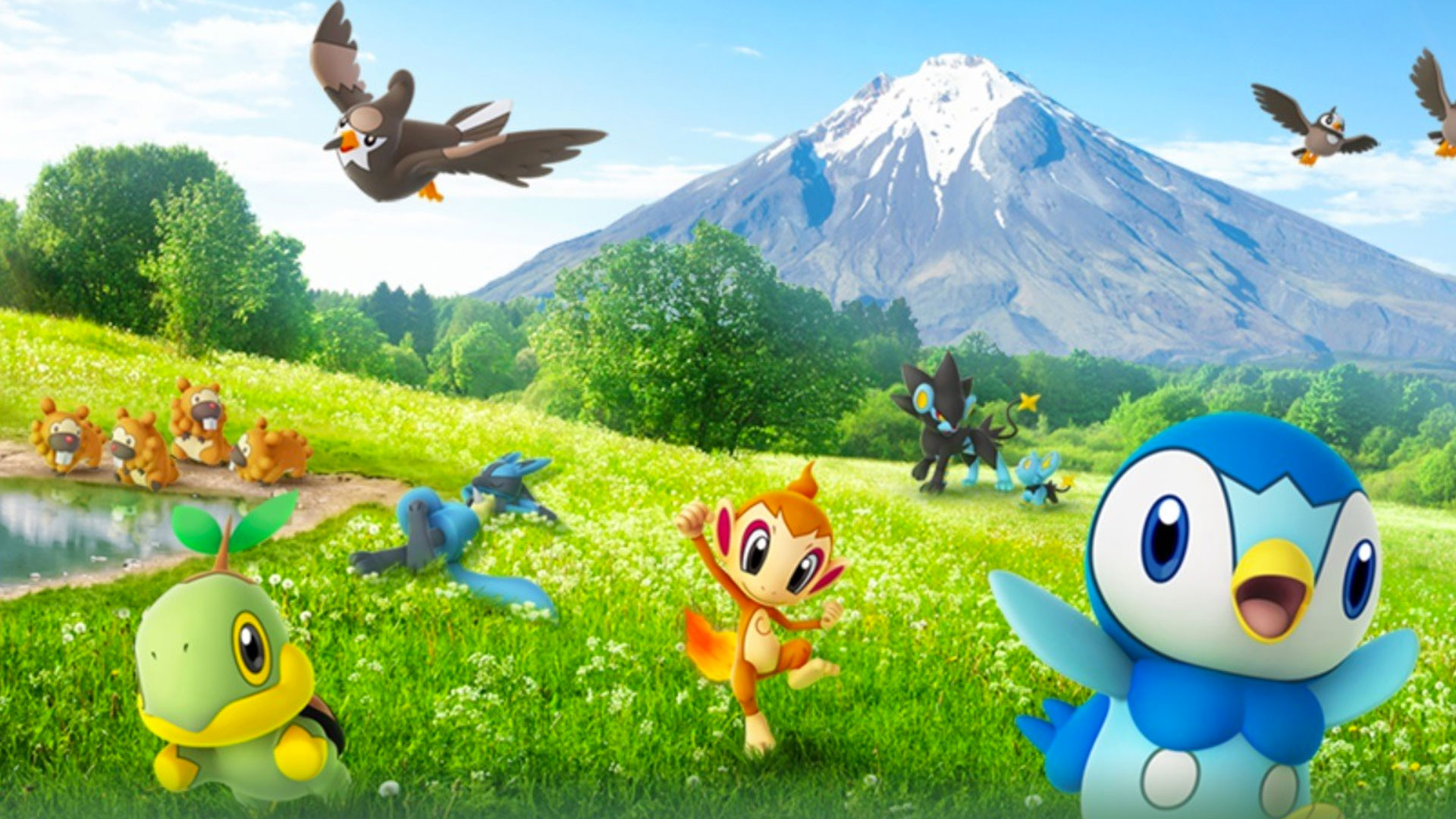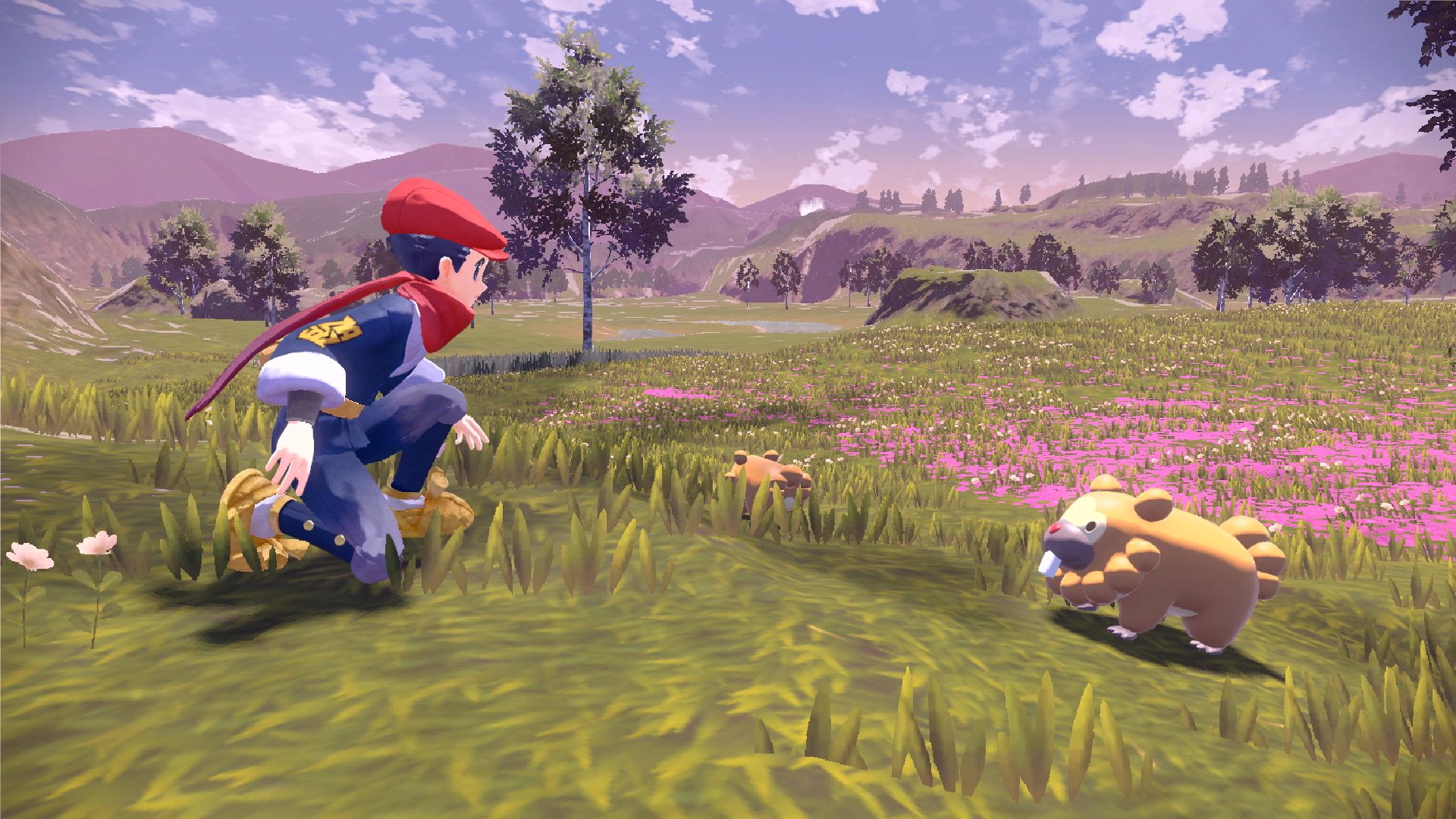
The idea of an open-world Pokemon game – one in which you can roam, explore, and live side-by-side with Pokemon, has existed since the very first game. For a long time, platform limitations put paid to realizing the dream, with the heavy lifting historically left to the franchise's video formats. But now, with Pokemon Legends Arceus and the reveal of Pokemon Scarlet and Violet, the entire series appears to have taken a huge step forward.
Cast your eyes back over the franchise as a whole, though, and this overhaul of the formula is simply the latest step in a series that's been constantly, subtly iterating on itself. New ideas have been drip-fed into the main game, or explored elsewhere in the franchise in ways that might once have seemed entirely separate from the main series. With Scarlet/Violet and Legends Arceus, however, those individual threads have been pulled together to create something that looks brand-new – even if, in reality, it was an inevitable next step.
Seeing Red (and Blue)
While Red/Blue and Gold/Silver were crucial to establishing Pokemon's setting and popularity, the handhelds these games released on could never live up to the fantasy crafted by the anime and manga. It wasn't until the N64 that the Pokemon Stadium games introduced 3D game worlds, with Pokemon Snap arguably more important still. Despite limiting interaction behind a camera lens and keeping the character firmly on rails, Snap was the first game to present Pokemon as truly wild, with habits beyond battles and habitats that weren't just long grass.
In the following generation, both Ruby/Sapphire and the Pokemon Colosseum games kept the focus firmly on fighting. As DS games came to the fore, little changed in the main series, even as the Pokemon Ranger and Mystery Dungeon games showed how the series could exist in more grounded worlds. As the 3DS took over, the likes of X/Y and Sun/Moon fleshed out those worlds a little more, while also proving that a bit of camera trickery didn't deviate from the established formula.

Towards the end of the 3DS era came what remains Pokemon's most important shakeup. In July 2016, Pokemon Go recaptured the fantasy of roaming the world with your team at your side by utilizing burgeoning augmented reality technology. Distinctly bare bones compared to the scope of the games today, Go nevertheless served as a reminder of what the earliest Pokemon games had promised, revitalizing a formula many felt bound for stagnation. Moreover, beyond simply shaking up players' approach to Pokemon, the release of Go was arguably the first step that led to Pokemon Legends: Arceus. Beyond the real-world approach allowing for broader exploration, the introduction of ideas such as the promotion of research over competition, or the ability to seek out a specific kind of Pokemon, have now reared their head again as a major part of the new game.
As the Switch took over ownership of the main series games, Pokemon Sword and Shield proved another major step towards the open structure of the new reveals. The Wild Area, for example, could hardly be less obvious as a stepping stone towards Hisui and the worlds of Scarlet/Violet; as an open space nestled within the more traditional housing of a mainline game, it offered the chance to explore at will, to observe Pokemon and decide from a distance which ones you wanted to seek out. Beyond the Wild Area and its spectator sport-style approach to the gym challenge, Sword and Shield didn't differ much from the classic Pokemon formula, but it would go on to take an even more divergent approach with its DLC. Isle of Armor and The Crown Tundra were all Wild Area, all the time, showing that Pokemon could be part of these worlds, rather than being relegated to the wilderness.
Arceus Ex Machina
With Pokemon Legends: Arceus, it was hard not to see this collection of ideas as gradual stepping stones towards something new. With Pokemon Scarlet/Violet, it looks as though the franchise's new order has been firmly established. Until now, change has come at a pretty glacial pace, with worlds widening in scope and scale over time. With a truly open-world approach now being laid down just weeks after the arrival of Arceus' grand experiment, it seems that after two and a half decades an entirely new approach to Pokemon has been set forward.
Sign up to the GamesRadar+ Newsletter
Weekly digests, tales from the communities you love, and more

When Pokemon Legends Arceus launched, I assumed that its realization of the community's collective fantasy of an open world would be a new pillar of the franchise, running in parallel to the traditional experience. After 25 years, I thought, the traditional, linear JRPG format wasn't going anywhere. Pokemon Legends Arceus – comfortably enshrined in the franchise's future thanks to its critical and commercial success – could potentially spend 20 or so years conjuring an open-world approach to other regions, while the main series would continue its standard formula. In each new iteration, a gutsy youngster would head out into a new region, treading a carefully-planned line between towns and gym challenges, all while hindering the plans of a melodramatic criminal organization along the way.
With Pokemon Scarlet and Violet, the two-pronged approach I had envisioned has already been proved wrong. With a new region being touted as truly open-world and Pokemon roaming free through sun-soaked towns and cities as well as the wildernesses in between, it seems that Pokemon Legends: Arceus has been just another stepping stone, preparing Pokemon for a new, exciting future.
Can't wait for more info? Here are all the Pokemon confirmed for Pokemon Scarlet and Violet.

I'm GamesRadar's news editor, working with the team to deliver breaking news from across the industry. I started my journalistic career while getting my degree in English Literature at the University of Warwick, where I also worked as Games Editor on the student newspaper, The Boar. Since then, I've run the news sections at PCGamesN and Kotaku UK, and also regularly contributed to PC Gamer. As you might be able to tell, PC is my platform of choice, so you can regularly find me playing League of Legends or Steam's latest indie hit.


